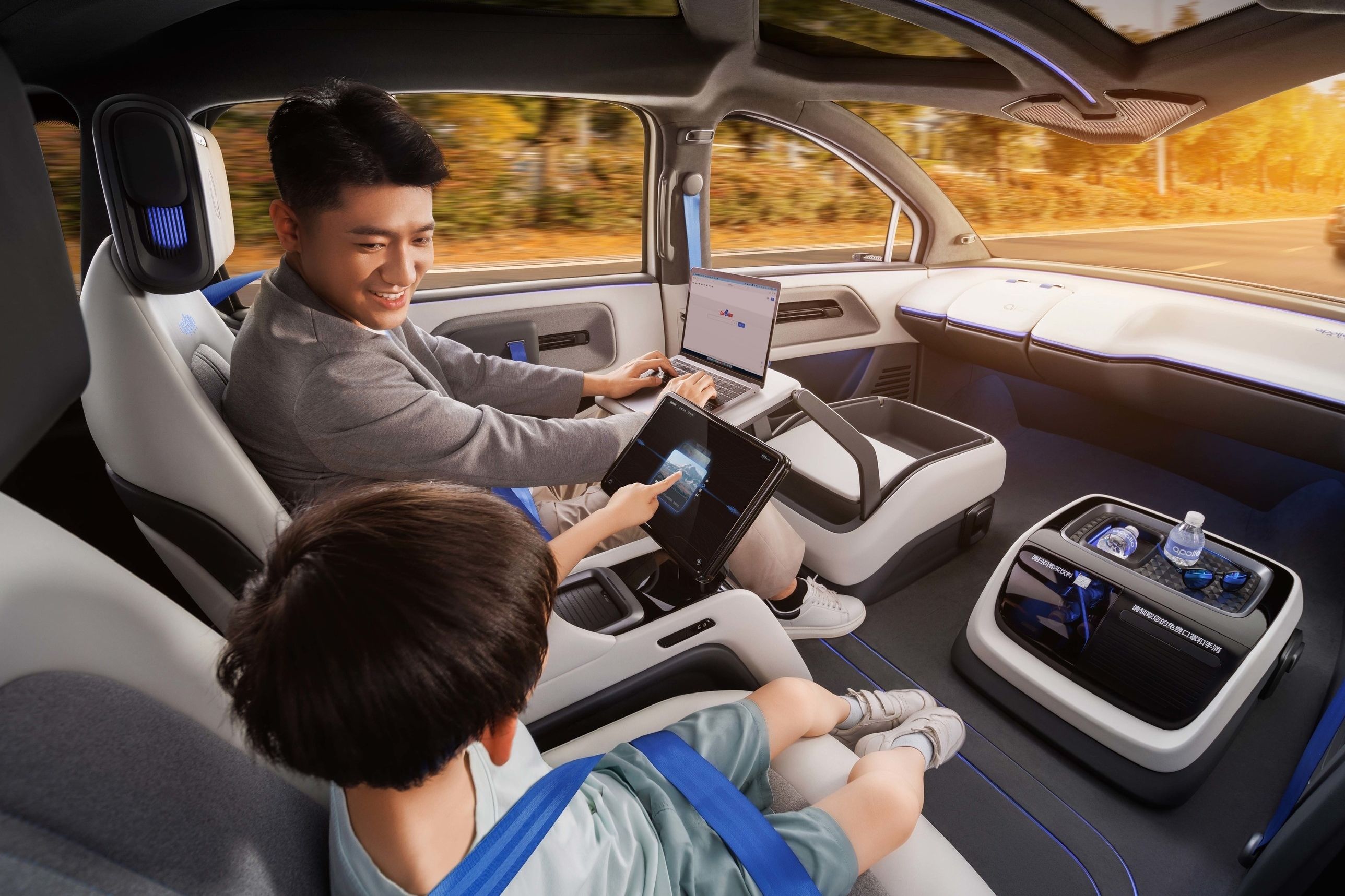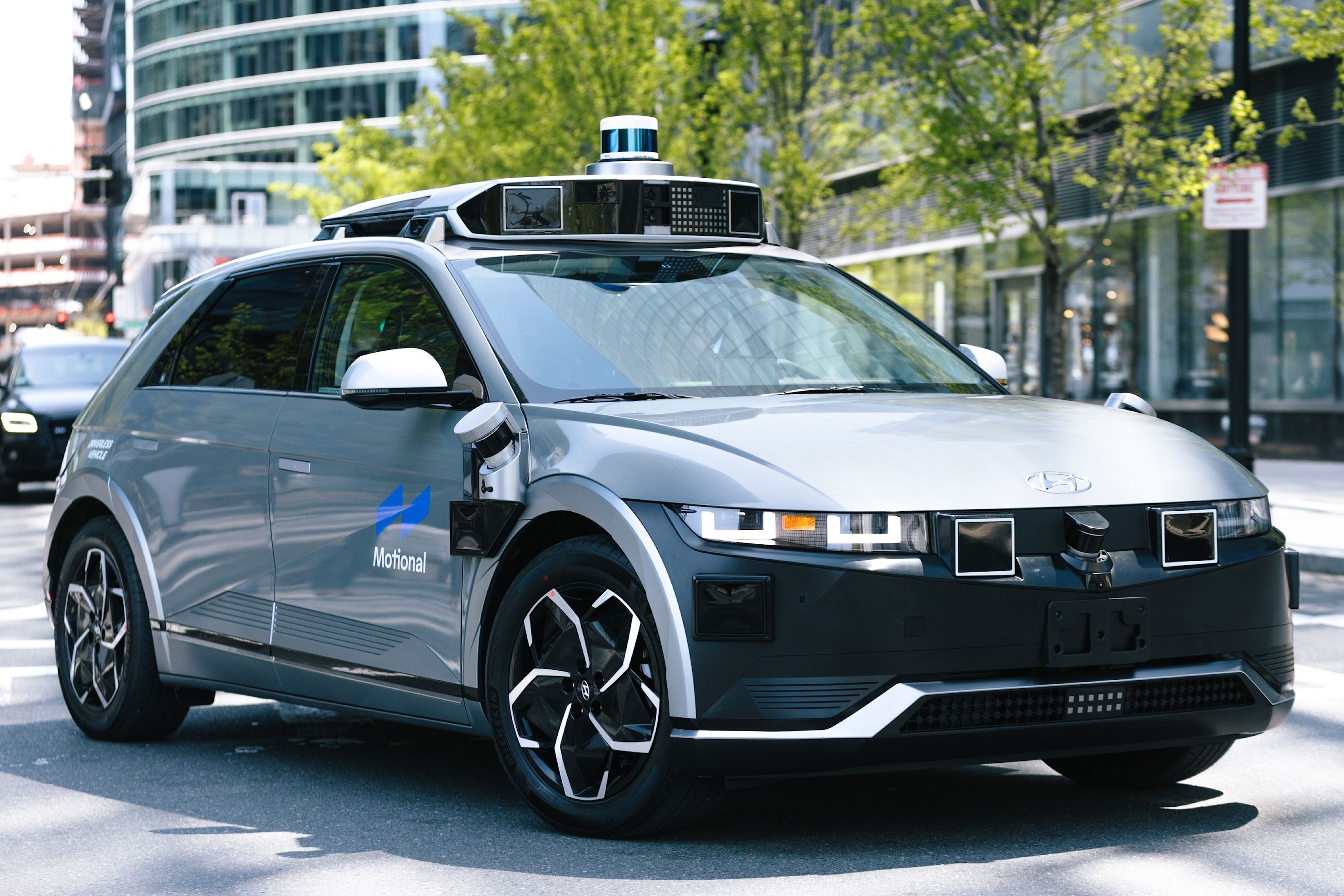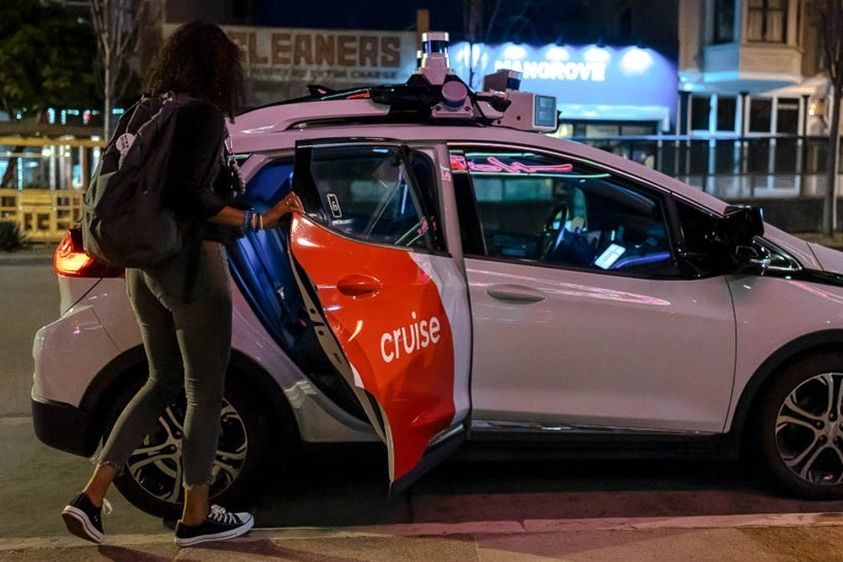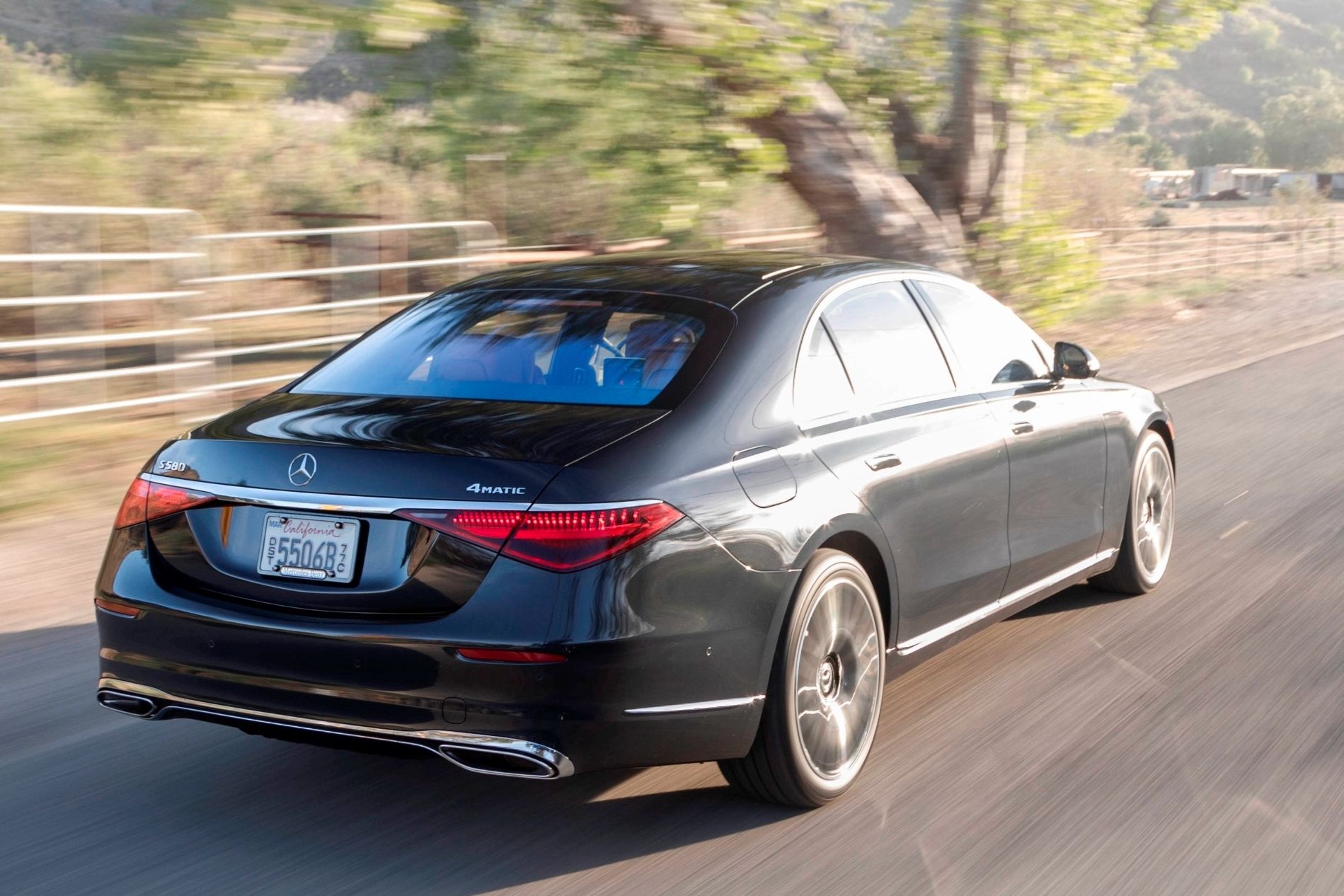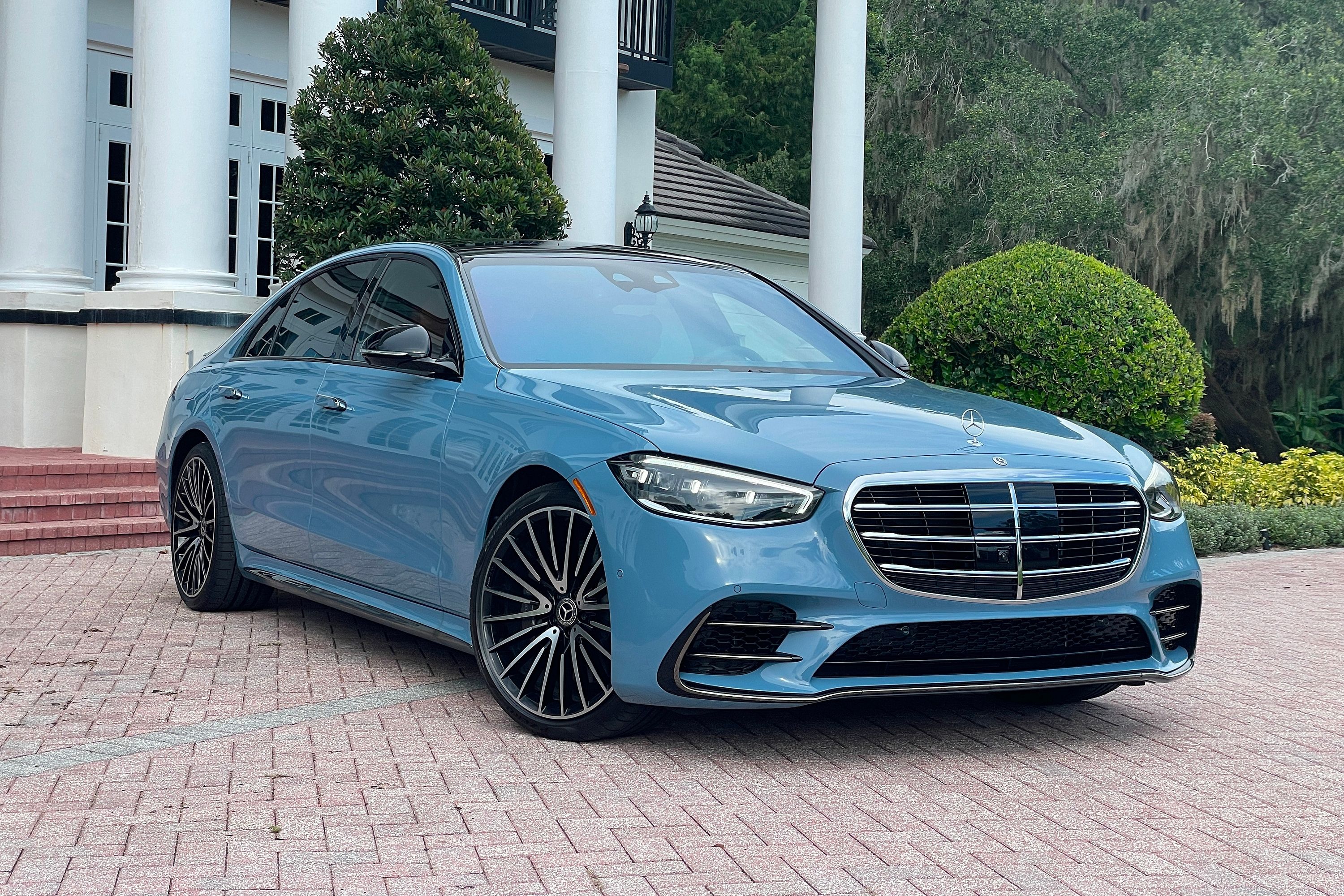
Once the reserve of science fiction, self-driving vehicles are now a reality. Motional and Uber recently announced a fleet of robotaxis will be available for trips, and automakers like Mercedes-Benz are already offering Level 3 autonomous functionality on the S-Class and EQS sedans.
While early adopters will be keen to adopt this technology, it seems most American motorists just aren't ready for higher levels of vehicle automation. According to J.D. Power's Mobility Confidence Index (MCI), the study found that consumer readiness for self-driving vehicles is low. While individuals are willing to transport goods in an autonomous vehicle (AV), the transportation of people remains a bone of contention.
It seems that a lack of education and understanding of the topic is to blame. The study found that 65% of consumers cannot define a self-driving vehicle. This figure remains unchanged from last year. Rather worryingly, 56% of pollees "incorrectly classified the driver assist technologies available today as fully automated, self-driving technologies."
"Industry stakeholders must work together to ensure clear and consistent messaging, and the use of consumer-facing terminology is part of this," said J.D Power's Lisa Boor. "Understanding which words and phrases resonate with consumers can help manage misconceptions and improve consumer understanding of AVs, which is a common goal."
It seems we're going in the wrong direction when it comes to consumer readiness. The index score (on a 100-point scale) sits at just 39. Interestingly, this is three points lower than in 2021. There are low readiness levels on all metrics, with consumers having the "lowest level of comfort riding in a fully automated, self-driving vehicle and using fully automated, self-driving public transit."
Despite this, companies such as Motional and GM-backed Cruise are betting big on autonomous taxis; as mentioned, both offer a robotaxi service in many cities across America, with plans for expansion. But there's some good news - many consumers are willing to learn about the technology and even receive training.
55% of respondents said they are "willing to complete training to operate an AV." For those who proclaim to be well-versed in autonomous vehicle tech, that number increases to 87%. Most consumers (73%) would expect additional training to own and operate a self-driving vehicle. Unsurprisingly, younger individuals would be more willing to complete AV training.
This overall resistance comes as no surprise, especially when you consider the low use of active driving assists - just 26% of respondents use the in-vehicle safety tech. J.D Power notes, "frequent usage significantly affects future intent." 71% of consumers who use active driving assistance frequently desire these features in their next car.
But for 41% of consumers, driver assists are as far as they're willing to go when it comes to self-driving tech. One respondent claimed, "I am not ready to trust my life to a fully automated vehicle. Need time to trust the system's capabilities." That's not to say they'll never adopt AV technology; 76% want assurance that the tech meets government standards.
"Highly automated driving technology is still very much in an evolving and testing stage; there are issues and limitations being encountered-and corrected," said research scientist, Bryan Reimer. "The sooner consumers recognize that they can leverage a range of ADAS features today to support their role as a driver, while still having overall responsibility, the faster we may begin to prepare for a future in which we prioritize safe, convenient, and sustainable mobility choices that include highly automated vehicles."
But the widespread adoption of autonomous vehicles is still far away. Audi's Head of General Counsel Legal Services, Uta Klawitter, believes the first AVs to hit the road will serve as public transport, mostly in populated cities. In quiet areas, such as the countryside, individuals will still drive their own vehicles or use regular public transport. Klawitter believes the idea will only take off once the public fully trusts the technology - this will be done by proving its safety.
"Only then - and this is the second challenge - will it gain social acceptance and the corresponding trust."

